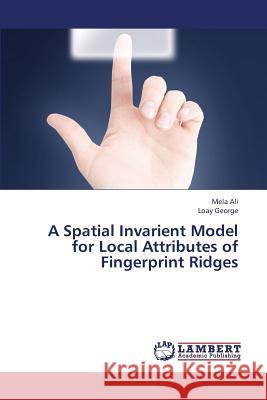A Spatial Invarient Model for Local Attributes of Fingerprint Ridges » książka
A Spatial Invarient Model for Local Attributes of Fingerprint Ridges
ISBN-13: 9783659451942 / Angielski / Miękka / 2013 / 152 str.
Fingerprint recognition and verification are always the key issues in intelligent technology and information security. For a considerable fraction of population, the representation based on complete detection of ridge structures in the fingerprint is difficult to be accomplished. The main challenge is partial loss of the ridge structures. In this work, we developed a geometrically based method for fingerprint recognition and verification tasks; a set of partial local features extracted from fingerprint ridges, minutia, and pores attributes are used. The proposed system passes through two main phases: Training phase and Test phase. In the training phase, the system is trained using a set of low quality fingerprint images to select the best discriminating local features which can lead to best recognition rates. During the test phase, the system performance is examined to know the cognitive power of the system.
Fingerprint recognition and verification are always the key issues in intelligent technology and information security. For a considerable fraction of population, the representation based on complete detection of ridge structures in the fingerprint is difficult to be accomplished. The main challenge is partial loss of the ridge structures. In this work, we developed a geometrically based method for fingerprint recognition and verification tasks; a set of partial local features extracted from fingerprint ridges, minutia, and pores attributes are used. The proposed system passes through two main phases: Training phase and Test phase. In the training phase, the system is trained using a set of low quality fingerprint images to select the best discriminating local features which can lead to best recognition rates. During the test phase, the system performance is examined to know the cognitive power of the system.











